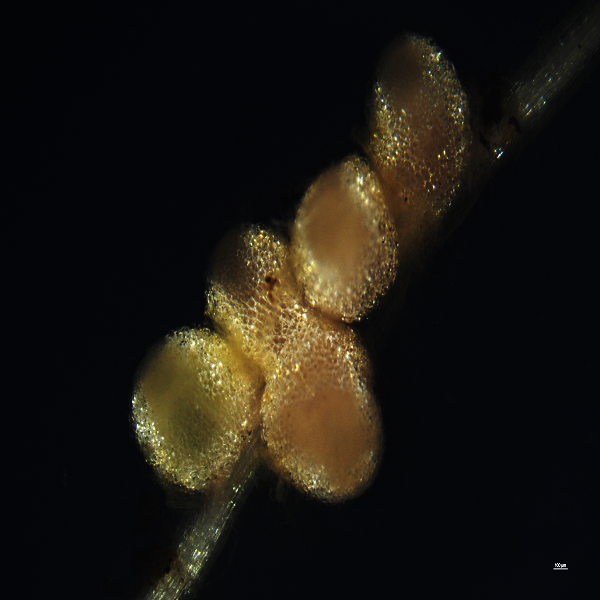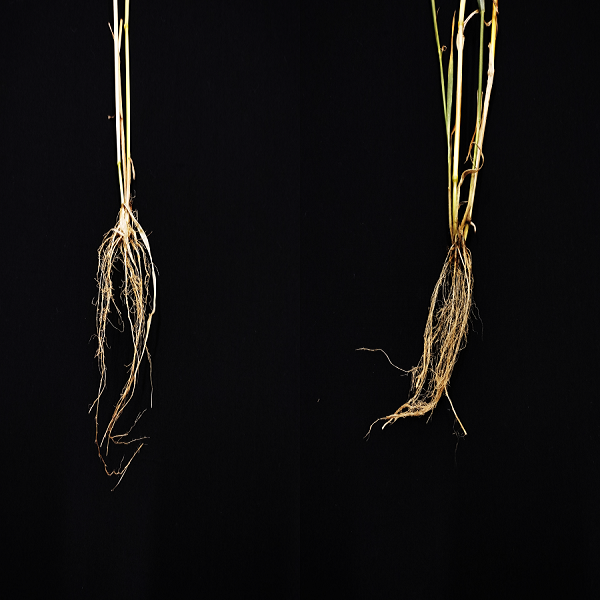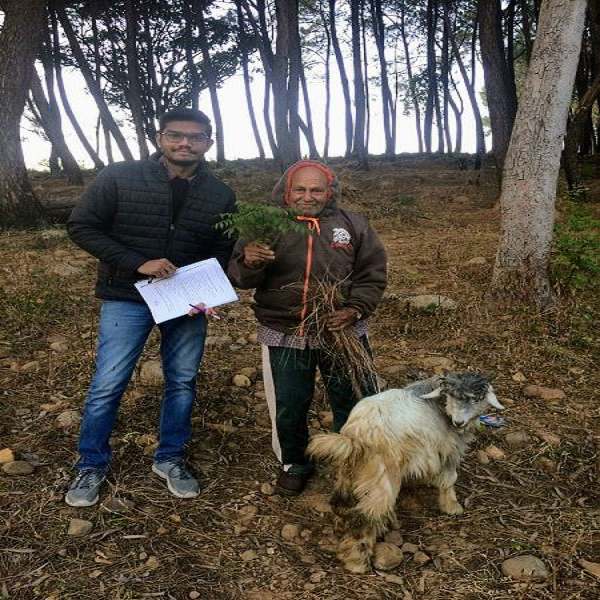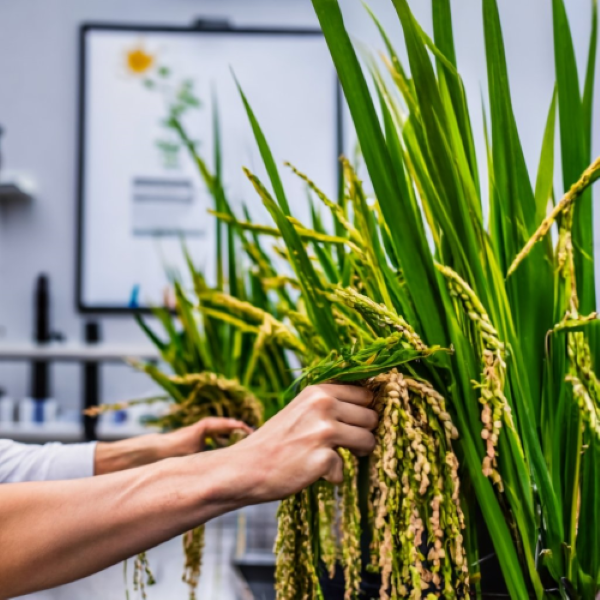Ethnopharmacological survey of indigenous medicinal plants of Palampur, Himachal Pradesh in north-western Himalaya, India Permalink
Published in Advances in Traditional Medicine, 2021
The ethnopharmacological investigation was done to study the traditional usage of indigenous medicinal plants of Palampur, Himachal Pradesh. Therefore, an extensive ethnopharmacological survey was conducted to document the traditional knowledge of ethnomedicinal plants. Direct interviews of 77 informants were conducted with the help of a questionnaire. Three quantitative factors (use value, factor informant consensus and fidelity level) were used for the analysis of generated data. A total of 102 species, belonging to 90 genera and 30 families were identified and collected with the help of traditional healers and local informants from different locations of the study area. Total 19 medicinal plants species were reported for new or less known ethnomedicinal uses. Also, 3 threatened wild plants species were collected from the study area. The maximum number of species belongs to the family Lamiaceae (7), Fabaceae (7), Asteraceae (6), Moraceae (4 species), Apocyanaceae (4 species) and Euphorbiaceae (3 species). Different plant parts were used by local informants such as leaves, galls, fruits, seeds, latex, stem, root, flowers, bark, and rhizomes. It was also observed that maximum numbers of plant species were used to cure gastro-intestinal disorders (48 species), skin disorders (34 species) and respiratory disorders (25 species). Ethnopharmacological data depict that medicinal plants were extensively used by local people to cure gastrointestinal, dermatological disorders and skeletomuscular disorders. Traditionally used medicinal plants have enormous potential to provide the raw material for the discovery of new bioactive compounds and drugs.
Recommended citation: Arya, A., Kumar, S., Paul, R., Suryavanshi, A., Kain, D., and Sahoo, RN. Ethnopharmacological survey of indigenous medicinal plants of Palampur, Himachal Pradesh in north-western Himalaya, India. ADV TRADIT MED (ADTM) 23, 169–212 (2023). https://doi.org/10.1007/s13596-021-00607-1 /files/ethnopharmacology-palampur.pdf







